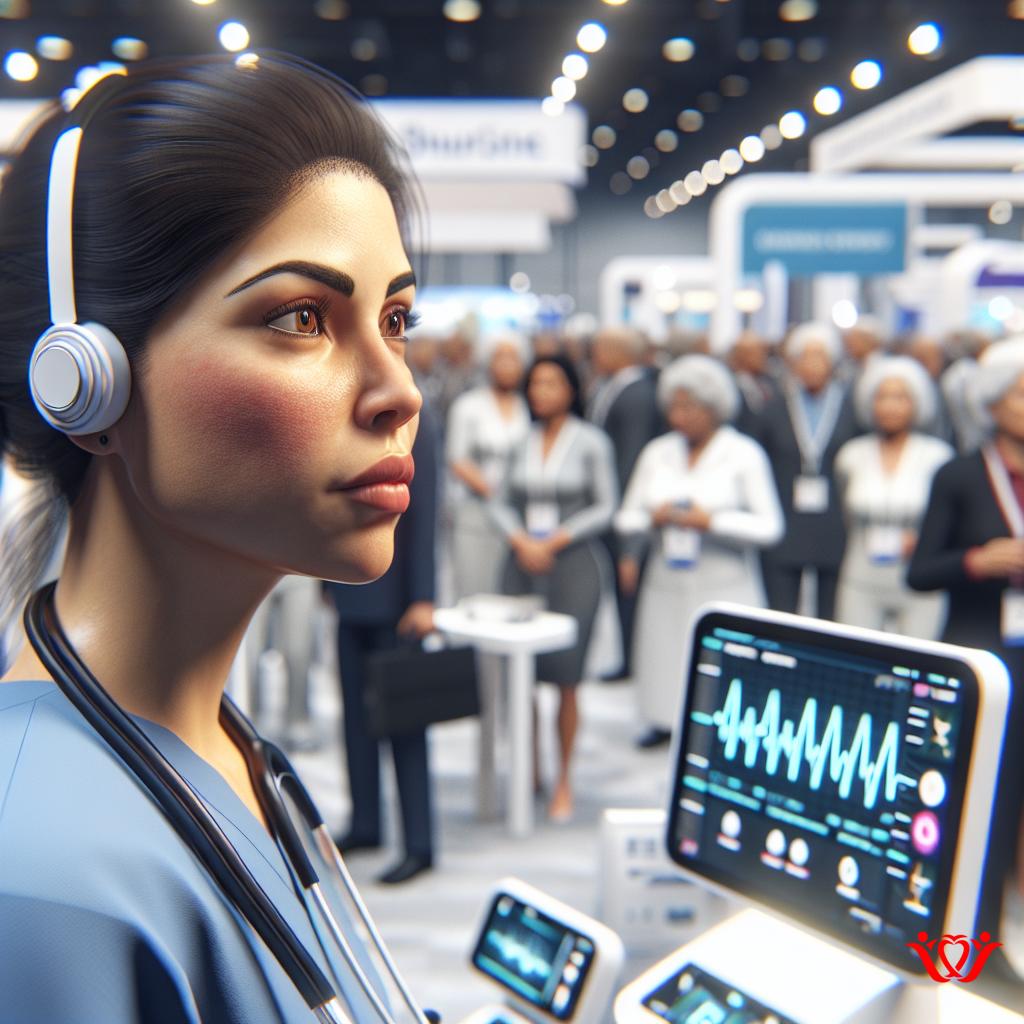
The Rise of Remote Patient Monitoring (RPM)
Home health aides (HHAs) have always played a critical role in providing essential care to individuals in their homes. Their duties, traditionally centered around hands-on assistance with activities of daily living (ADLs), are undergoing a significant transformation. This shift is driven by the rapid adoption of remote patient monitoring (RPM) technology.
RPM involves using wearable sensors, connected devices, and telehealth platforms to collect and transmit health data. This data, ranging from blood pressure and heart rate to glucose levels and activity levels, provides a continuous stream of information about a patient’s condition.
How RPM Impacts HHAs
The integration of RPM is changing the HHA’s role in several key ways. Instead of solely focusing on physical assistance, HHAs are becoming increasingly involved in data collection and interpretation. This requires new skills and training.
- Data Collection: HHAs may be responsible for setting up and assisting patients with the use of wearable devices.
- Data Entry: They might input data collected by the devices into electronic health records (EHRs).
- Observation and Reporting: HHAs will play an important role in observing patients and reporting any changes or anomalies detected by the technology or through their own observations.
The Expanding Role of Technology
The technology itself is also evolving. Advanced sensors and AI-driven analytics are capable of providing increasingly sophisticated insights into patient health. This means HHAs can contribute to proactive care management, identifying potential problems *before* they escalate into serious issues.
This proactive approach to healthcare reduces hospital readmissions and improves overall patient outcomes. The role of the HHA expands beyond direct physical care to include a more preventative and technologically-driven approach.
New Skillsets for the Future HHA
The changing landscape demands a new skill set for HHAs. Traditional training will need to incorporate significant technological components. This includes:
- Basic proficiency with technology: Comfortable navigating various apps and interfaces.
- Understanding of RPM devices: Knowing how to operate and maintain various monitoring equipment.
- Data entry and management: Accurate input and organization of patient data into electronic systems.
- Basic health literacy: Interpreting basic health data and identifying potential concerns.
- Effective communication: Reporting observations and concerns to healthcare professionals clearly and concisely.
Challenges and Opportunities
While the integration of RPM presents significant opportunities, it also poses certain challenges. One of the primary challenges is providing adequate training and support to HHAs. Many currently working in the field may lack the necessary technological skills.
Another challenge is ensuring equitable access to technology and digital literacy training. Some communities may have limited access to reliable internet, devices, or educational resources. Addressing the digital divide will be crucial to making the transition successful for all.
Addressing the Challenges
Addressing these challenges requires a multifaceted approach involving government agencies, healthcare providers, educational institutions, and technology companies. Increased funding for training programs, technological infrastructure improvements in underserved communities, and the development of user-friendly and accessible RPM systems are essential steps.
This collaborative effort will ensure that HHAs are equipped with the skills and resources necessary to thrive in this rapidly evolving healthcare environment. This will ensure that patients receive the highest quality of care, regardless of their location or socioeconomic status.
The Future of Home Health Care
The integration of RPM is transforming home health care, creating a more connected and data-driven approach. The role of the HHA is evolving, becoming more technologically focused, and increasingly central to proactive healthcare management. The future of home health aides is bright, but it requires proactive adaptation and a commitment to continuous professional development.
Investing in training, infrastructure, and technological solutions will empower HHAs to leverage the power of RPM to deliver exceptional care, fostering better patient outcomes and transforming the home healthcare landscape.
By embracing these changes, the home healthcare industry can provide more effective, efficient, and personalized care to a growing aging population. This will lead to improved quality of life for individuals receiving care and improved job satisfaction for those providing it.
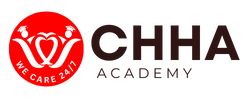



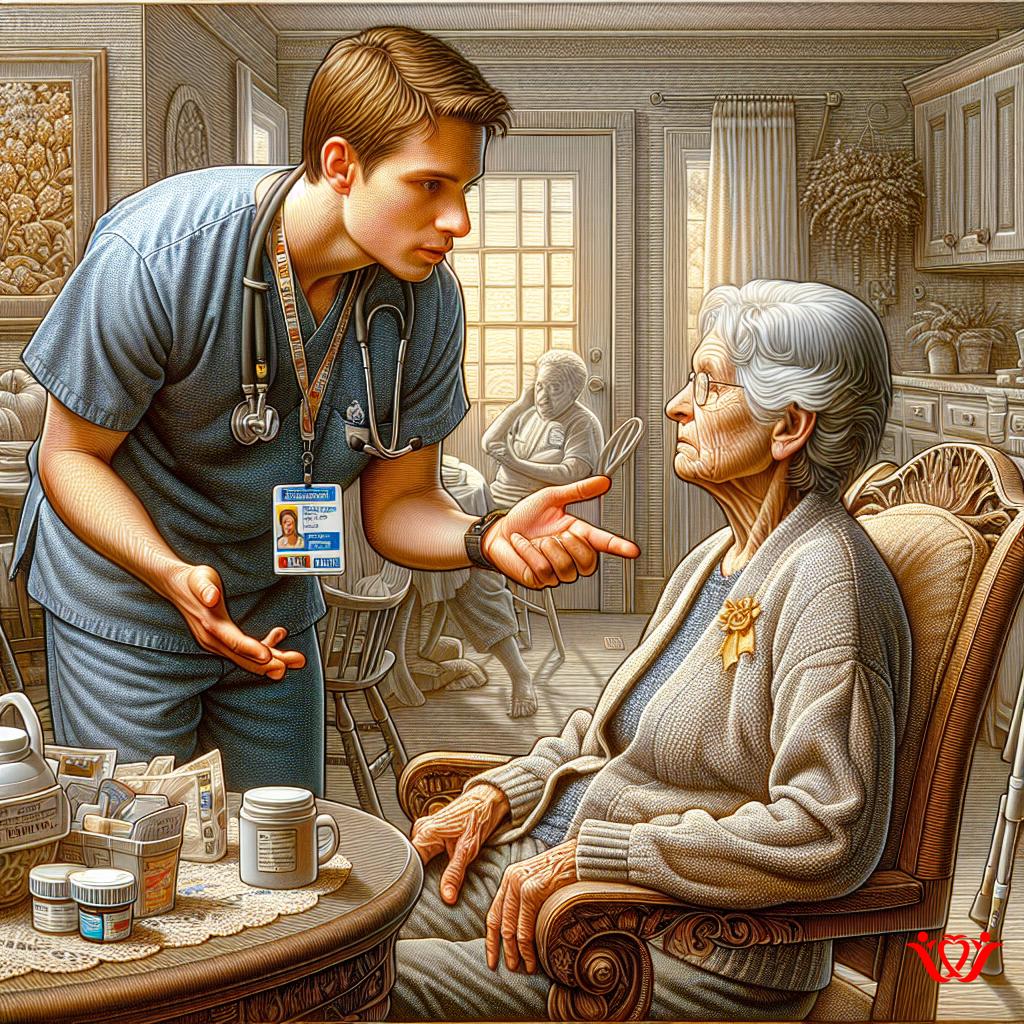

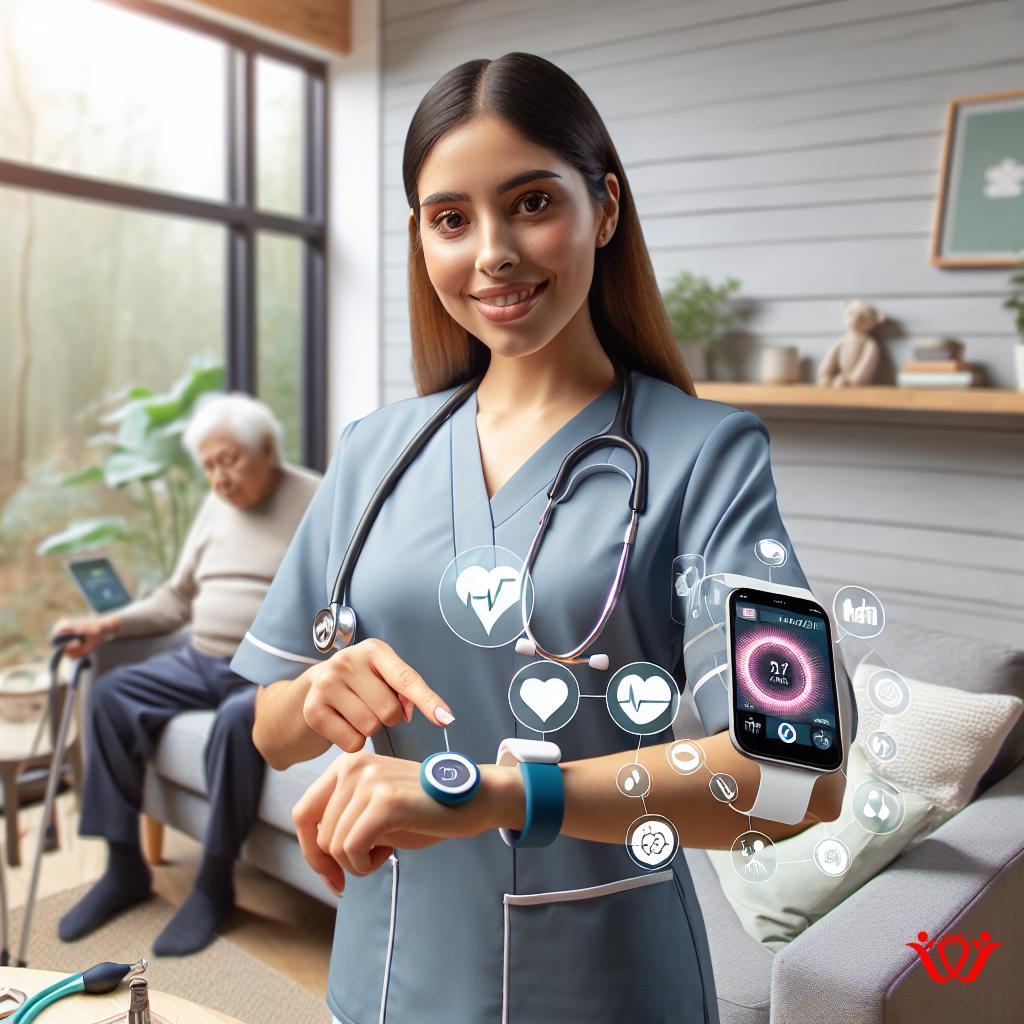
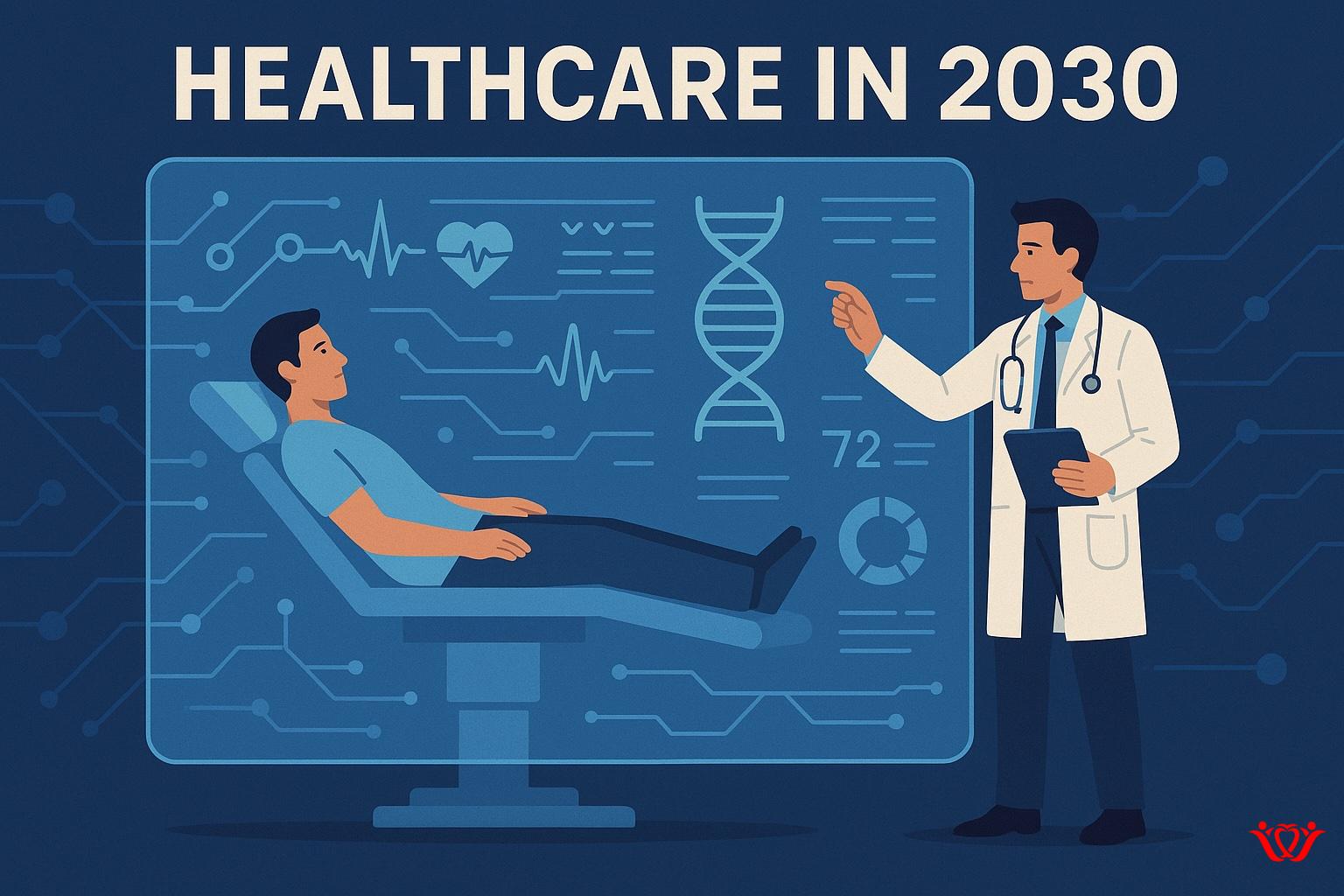
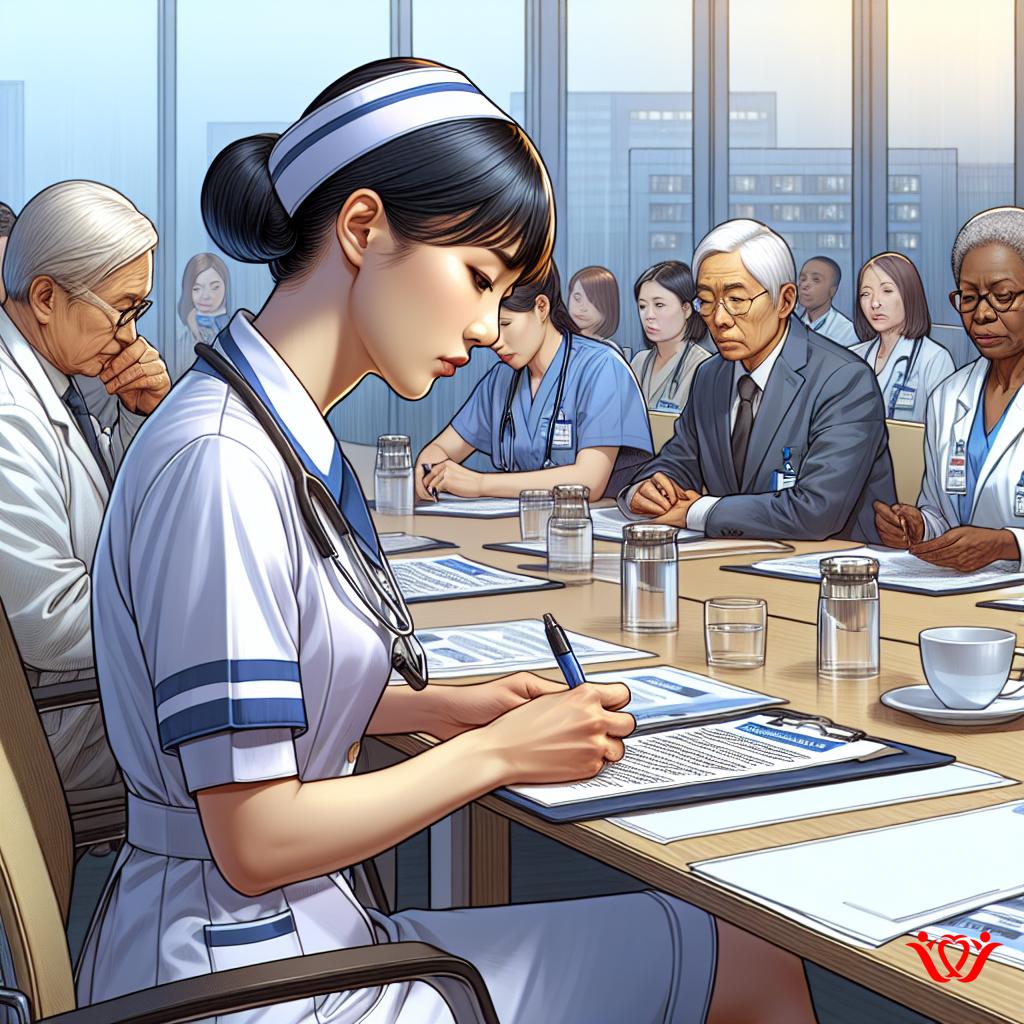
0 Comments